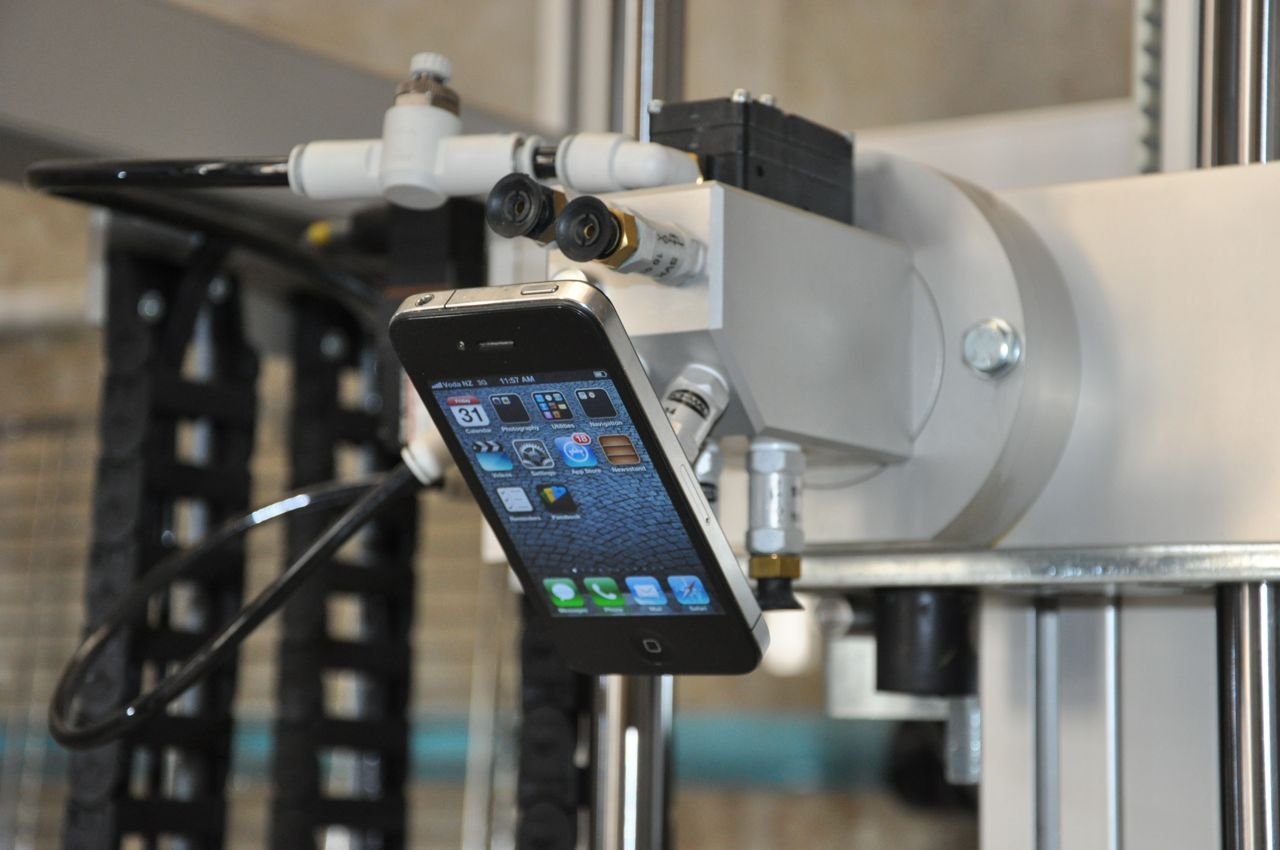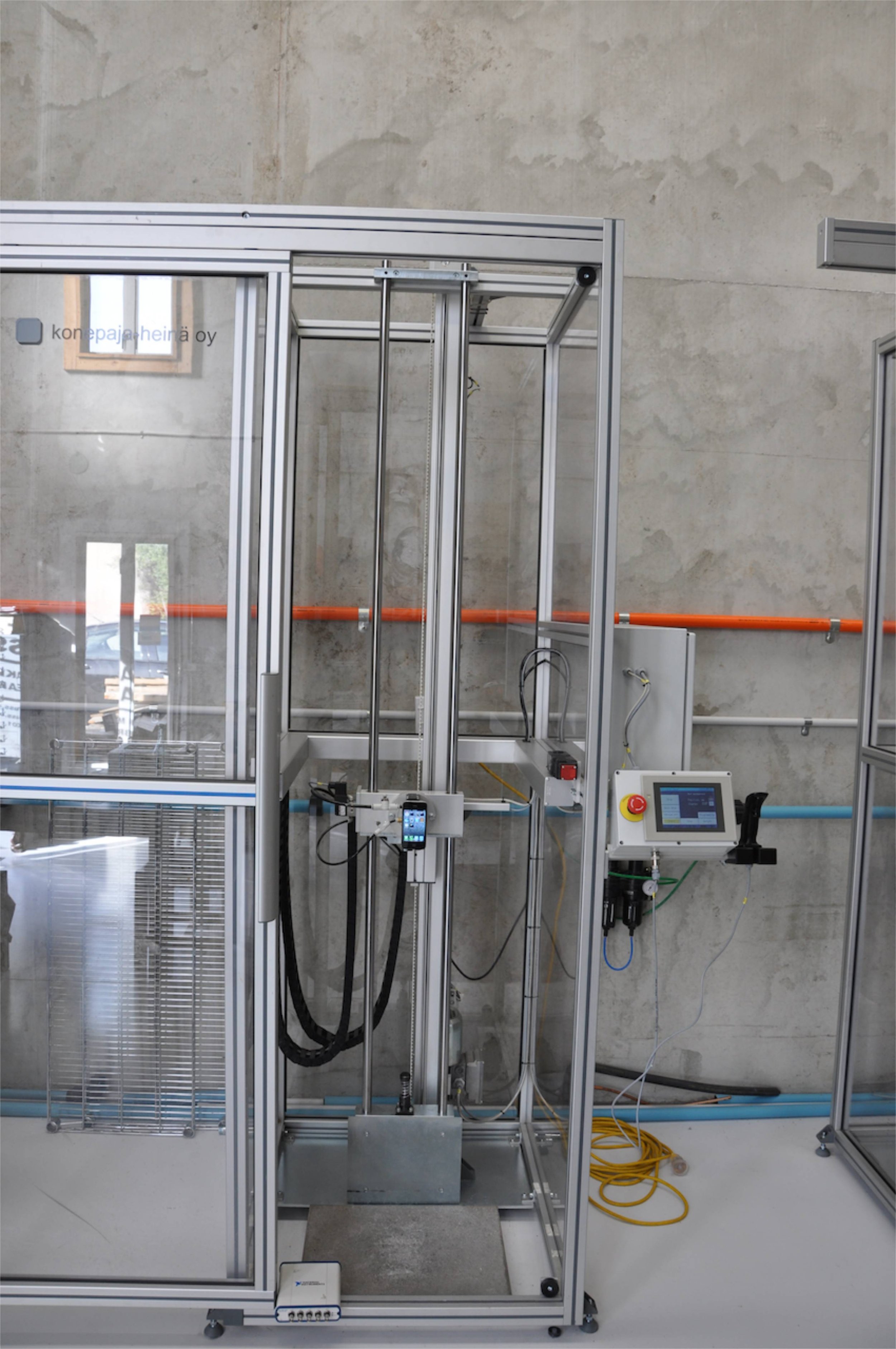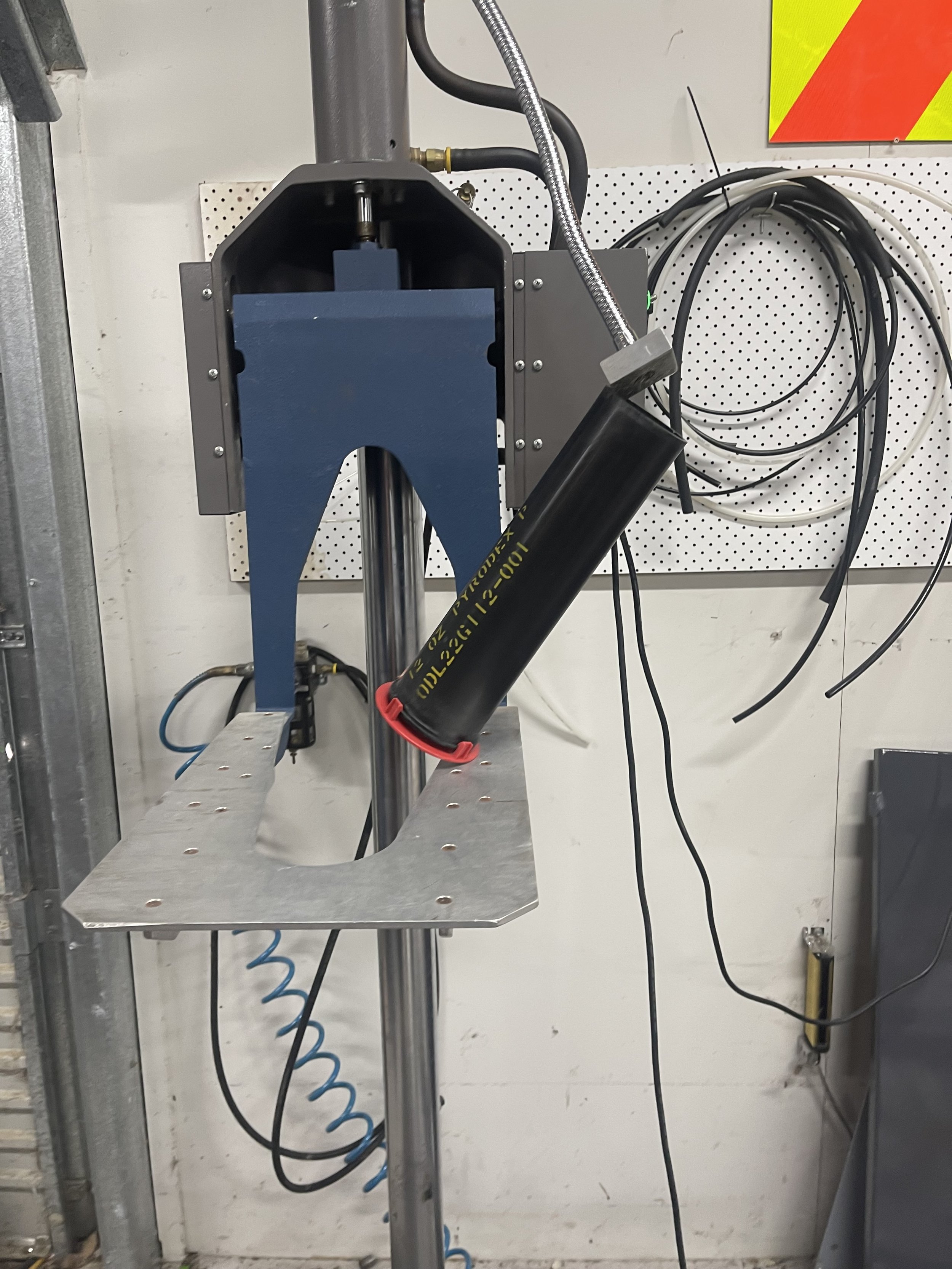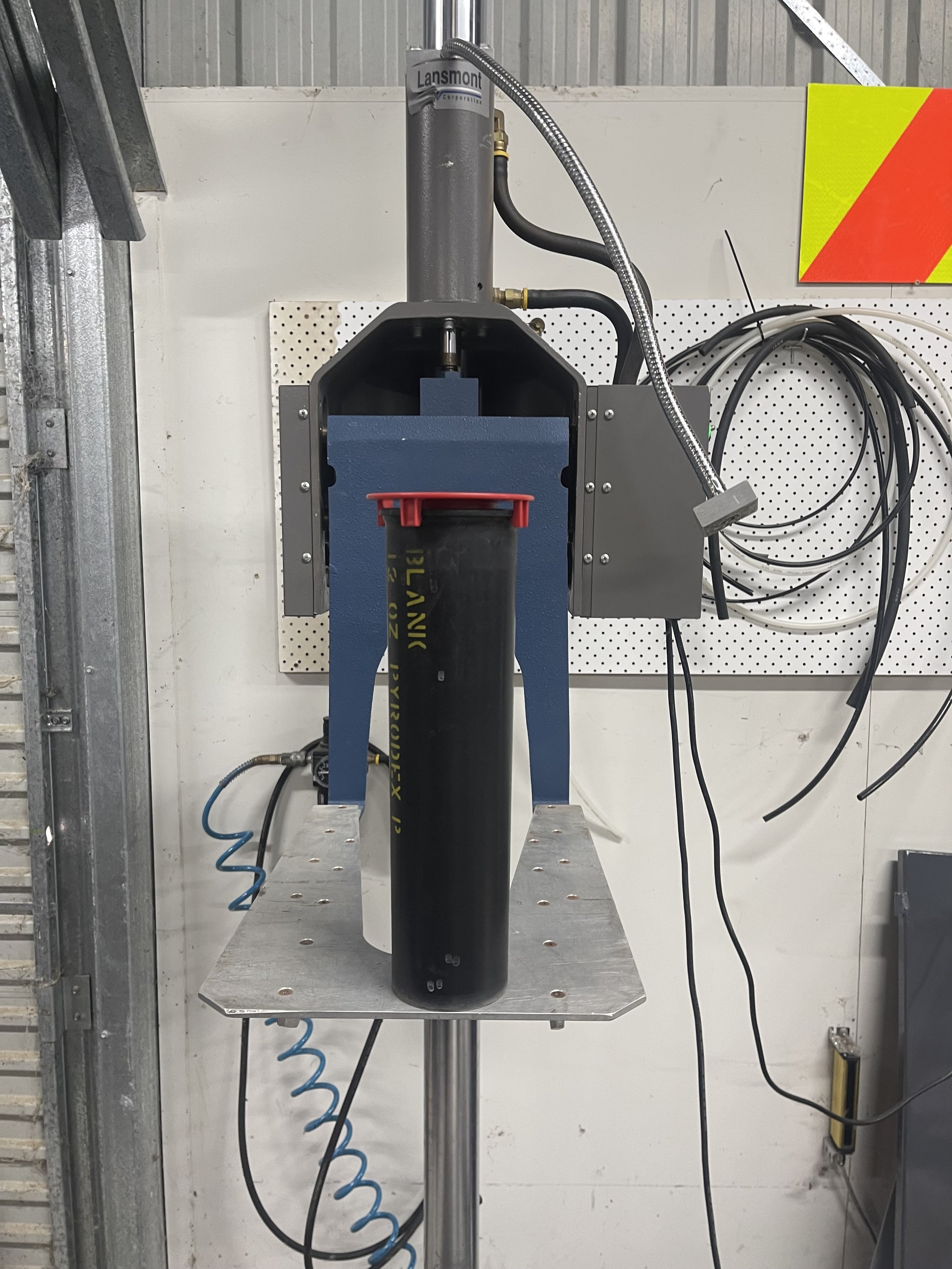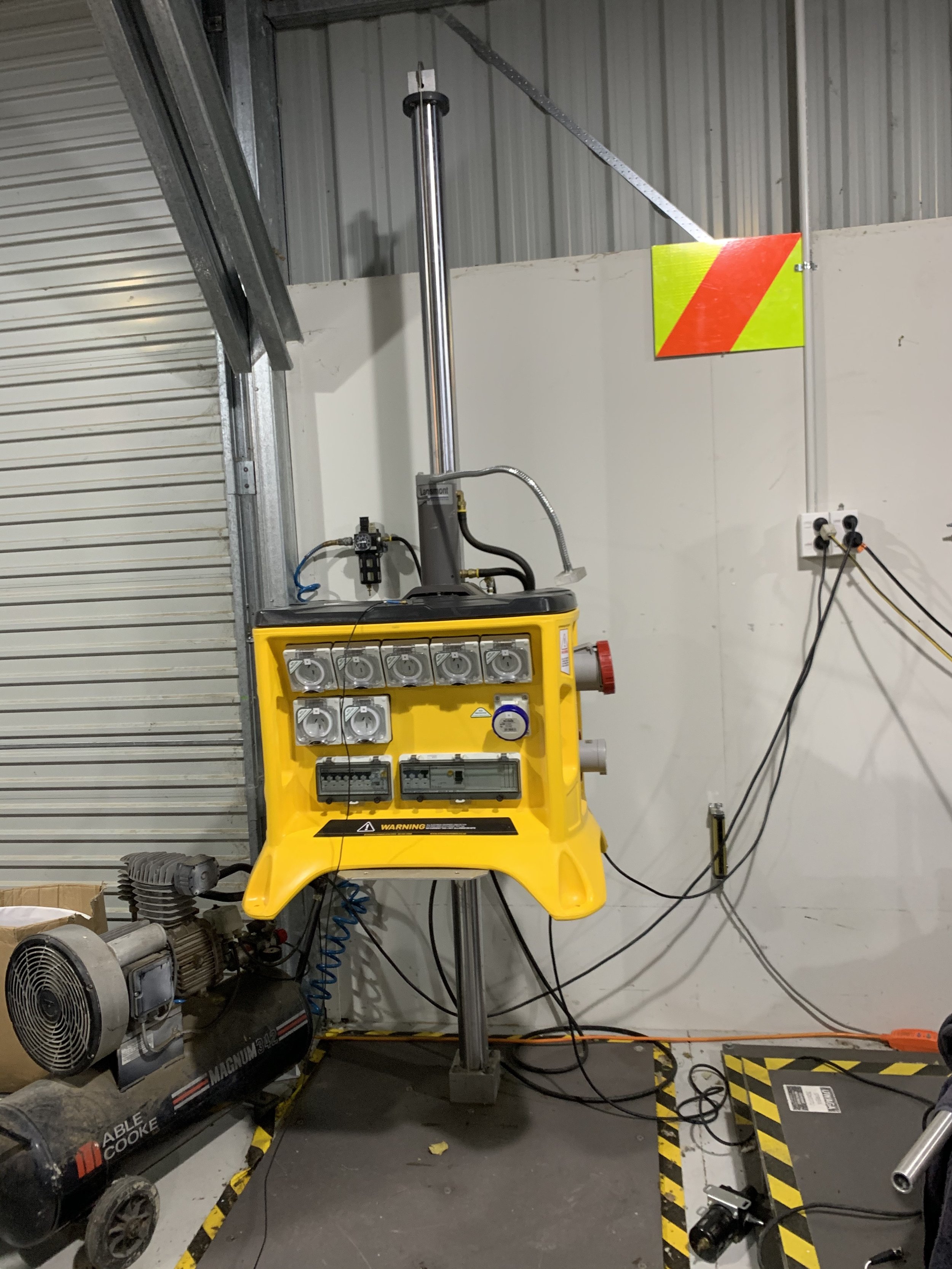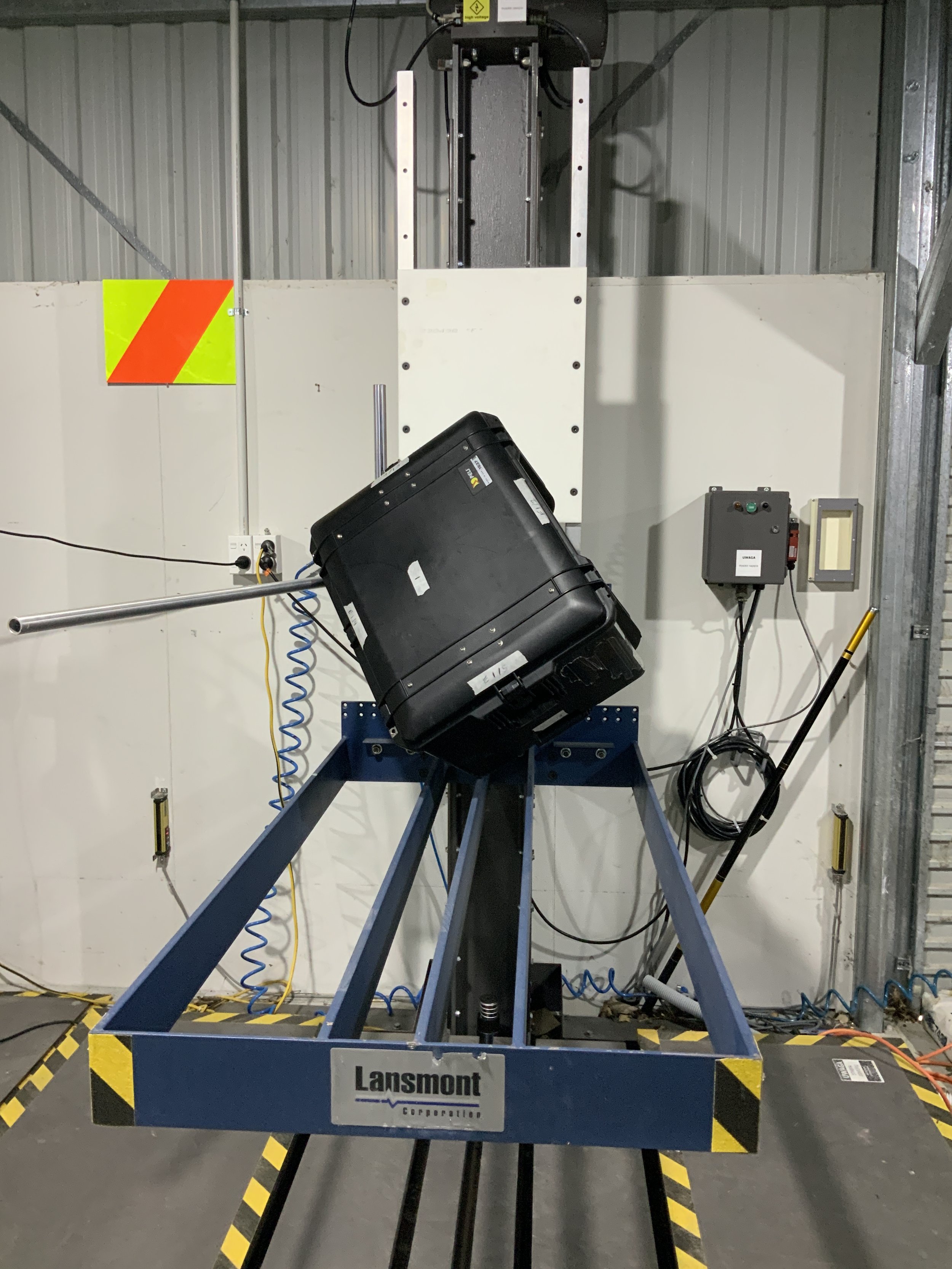Product Drop Testing
Handheld and mobile products including smart phones, mobile phones, radios, remotes and other gadgets are becoming increasingly complex yet are being subjected to more abuse than they have ever before. Drop testing is used to assess the fragility of these products by subjecting them to repeatable impacts similar to those they will experience with an end user.
Every time a new device hits the market it’s quickly followed by multiple YouTube videos of first time users running informal drop tests. The problem with leaving this type of testing to the customer is you have next to no control over repeatability. Product comparisons are next to useless unless you’re dropping from the same height, in the same orientation, on the same impact point.
Our testers are designed to drop test products up to 230kg in weight from a repeatable height in varying orientations, ensuring that the testing you conduct provides solid data to gauge product weakness. We have a range of drop testing equipment including testers for small handheld item, all the way to large format drop on a Lansmont PDT-227 tester.
What kinds of products?
Drop testing is typically performed on small products that are either used in the hand, or in mobile situations. Any piece of equipment that can possibly be dropped should be drop tested during development to ensure you’re not up for surprises. A list of typical products we can test includes:
Cellphones, mobile phones, smartphones
Tablets
Two-way radios, mobile radios
GPS units, both handheld and vehicle mounted
Remote controls
Transmitters & receivers
Mobile EFTPOS units
Power Distribution Mobile Units
Flash drives, hard drives and pen drives
Medical devices
Test equipment including handheld meters
Tools, analysis equipment and more.
Torches, head mounted illumination, etc.
Drop testing standards
Whilst there are many standards available for use most of the time the standard leaves it to you to determine the right drop height and provides a minimum quantity of drops to perform on each face, corner and edge. We’re able to help with recommendations for drop testing, so if you’re in need of help just contact us.
A list of common standards, though not entirely comprehensive, includes:
MIL-STD-810
IEC 60601-1
IPC/JEDEC 9703: Mechanical Shock Test Guidelines for Solder Joint Reliability
JEDEC 22B110A: Subassembly Mechanical Shock
JEDEC 22B104C: Mechanical Shock
JEDEC 22-B111: Board Level Drop Test Method of Components for Handheld Electronic Products
MIL-STD-202
IEC 60068-2-27
IEC 60950
GR-63-CORE
DEF-STAN-0035
DO-160
Our Heina DT2000
Drop Height Range: 600 – 2000mm
Velocity Range: 3.5 – 6.25 m/s
Specimen Weight: 1 – 2500 grams
Drop Method: Suction cup release
Our Lansmont PDT-227
Drop Height Range: 0 – 1850mm
Velocity Range: Free Fall with Carriage
Specimen Weight: < 230Kg
Drop Method: Free Fall on Carriage
Our Lansmont PDT-56
Drop Height Range: 400 – 2250mm
Velocity Range: Free Fall
Specimen Weight: < 80Kg
Drop Method: Pneumatic platform release



